Museum of Chance: Inside the world of Dayanita Singh
A major work of her’s has just been acquired by the Museum of Modern Art in New York. Over the last 30 years, the Delhi photographer has constantly experimented with her craft
Dayanita Singh was having dinner at her mother, Nony’s home in Delhi, when she got a phone call from one of the most influential museums in the world — MoMA (Museum of Modern Art) in New York. They wanted to acquire what Dayanita calls her mother museum — the Museum of Chance, which comprises 164 images taken over 30 years inventively arranged in two tall wooden structures. The Museum also comes with an archive of its own — all the events that happened there (like the time she put out books by five of her favourite artists and the museum became a library). Dayanita thought the call was a prank, but her mother thought, why not?
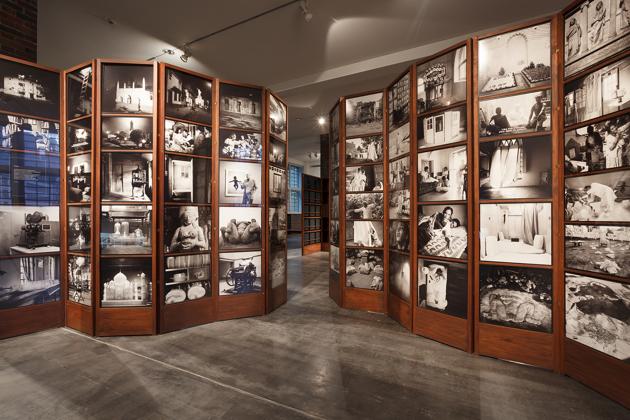
Nony’s unswerving faith in her daughter was based on more than a mother’s natural partiality for her offspring. The MoMA acquisition is only the most recent in a series of similar acquisitions of her museums by international art institutions. By now, Dayanita has also had solo exhibitions and shows in galleries all over the world.
And to think it all started with Nony. Dayanita grew up surrounded with family albums and a deeply supportive, independent mother. “Do you know, my mother made an album of my father’s girlfriends and put her own picture on the last page,” she says, eyes twinkling. We are sitting in her inviting Delhi home with its pale walls and warm teakwood furniture, her “oasis” as she calls it. There is a delicious homemade meal on the table, along with Dayanita’s latest passion, two tiny boxes of equally delicious salt — one mixed with garlic and the other with chilli flakes.
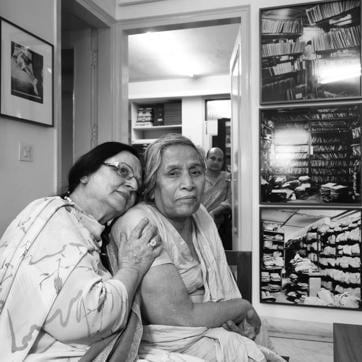
Dayanita’s father — with whom she had a close, special relationship — died when she was 18. It was her mother who stood behind her like a rock, encouraging, even prodding her to chart her own course in life. “My mother told me, ‘I don’t think you’re the marrying kind. You are going to do other things in your life.’ She also told me never to let any man make me feel less of a woman because I don’t have children. When you have a mother like that, you have no fear,” says Dayanita. (She shows me a text message exchange she had with her mother just before the interview, which ended with Dayanita telling Nony ‘Thank you for letting me fly. Love you.’)
After studying at Ahmedabad’s National Institute of Design and the International Center of Photography in New York, Dayanita decided that she was going to become a photographer. “It was my ticket to freedom,” she says. “When relatives would badger me to get married, I would say ‘Yes I really want to, but what to do, I’m a photographer.’”
Dayanita’s first assignment ended up as a six-year journey of self-discovery. In the early Eighties, she started photographing the young and brilliant tabla maestro Zakir Hussain, finally publishing the pictures in a book in 1986. “He was my life guru,” says Dayanita. “I wanted to do a hundred things but he would rap me on the knuckles and tell me to focus. I learnt rigour from him.” In 2011, she had a show at the Venice Biennale and Hussain was on the film jury. He sent her a message saying how proud he was of her. Cheekily, Dayanita replied “Even I’m a big star now.” His answer sobered her immediately: “The day you start to believe you’re a star will be the day to call it quits.”
While following Zakir Hussain on his concert tours over those six winters, Dayanita was thrown into the exhilarating world of musicians and singers. “What a privilege it was! I would be in a bus with people like V G Jog, Girija Devi, Aminduddin Dagar, Hari Prasad Chaurasia…my taleem was not in photography but in the tehzeeb of classical music. I’m not a connoisseur but I learnt a lot from the guru-shishya parampara.”
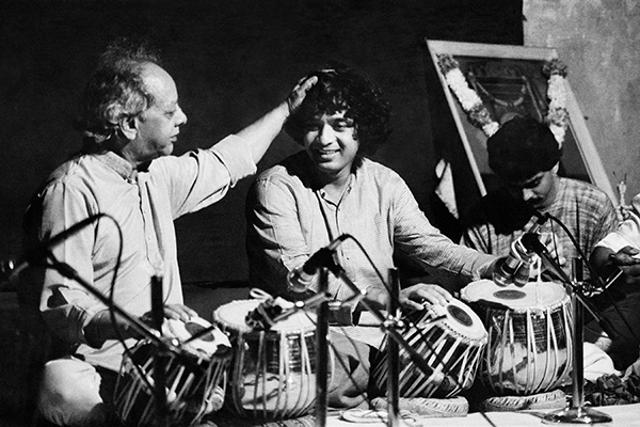
Apart from Nony and Zakir Hussain, one more name must be added to complete the trio that has shaped Dayanita into who she is: Mona Ahmed, a eunuch who lives in a silent Delhi graveyard and has been Dayanita’s closest friend for more than 20 years, someone she first met during a routine newspaper photo assignment. “Mona constantly challenges me,” says Dayanita. “She lives outside of society. She has no means she still has the courage to live life on her own terms.”
With this “range of characters” in her life as her unorthodox guiding spirits, Dayanita struck out on her own – and never looked back. “I am the chairperson of the soloist society of India,” she laughs. “I want to be free. Free of partners, plants, pets. Not that there haven’t been partners. There have — for a while. Only once did it seem like it would turn into marriage but it didn’t. It was painful to break up but it set me free.” She pauses for a while, then says, “When people ask me for advice, I say to them, get out of your comfort zone. And a relationship is a comfort zone, isn’t it?” She also believes that in the end we are all alone; she just happened to come to terms with that reality much earlier than most people. When she meets younger artists, she tells them the difference between having ideas and realising those ideas: “In my subjective experience, it has very much to do with a room of one’s own. You need your own space where you can be solitary.
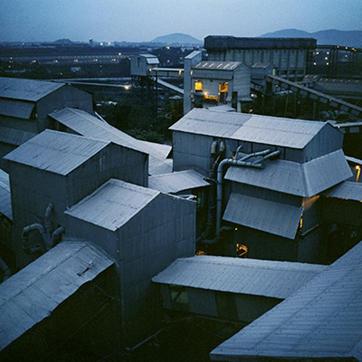
The freedom that comes with being alone (she travels incessantly; she is now off to Japan where she has an exhibition at the Tokyo Photographic Art Museum) has allowed Dayanita to give her work her full, undivided attention. The result: more than three decades of abundant creativity, of devising new concepts through which people engage with her work. “I was never convinced that a print on a wall was the only way,” she says.
For instance, the way in which Sent A Letter (2008) came about is a case in point. Dayanita had begun sending friends she travelled with little Moleskine notebooks with contact sheets of photographs taken during their journeys together. She created one for German publisher Gerhard Steidl (of the photographic imprint Steidl) when he visited Kolkata. Gerhard was so taken up with the idea that he published seven of them as small books. They were in accordion folds and could be opened out as a display. “You could have your own little museum at home,” says Dayanita.
The urge to show her work in interesting ways led to Sent A Letter being displayed in the glass window of a Kolkata jeweller’s shop. “I was in Flury’s, and then I walked into Satram Das Jewellers nearby and introduced myself to the owner,” Dayanita recalls. “He knew of me and asked me what I wanted. I said, ‘Give me your vitrines.’ He agreed immediately. So I set up Sent A Letter in the shop window, and told the paanwallah next door about the pictures. The paanwallah then became the unofficial guide to anybody passing by who stopped to look at the pictures.” Seventeen years later, the display is still there.

Or take the Kochi Box, which Dayanita created at the Kochi Biennale last year. There are 30 cards with pictures of Kerala stacked neatly in a teakwood box: the cards can be shuffled as you please or they can be taken out and shown to other people. Dayanita made 360 Kochi Boxes and sold them for ₹9,000 each at the Malabar House Hotel. “You could only buy them in Kochi,” she says. “Now they’re sold out. You can’t get them anymore.” Next she will be making a Kyoto Box which will only be on sale in Kyoto. This is a quintessentially Dayanita kind of idea — in a world where you can buy literally anything from anywhere, she dares to be different.
“Sometimes people ask me, why are you doing all this?” she laughs. “You take beautiful pictures. Why can’t you just show them in an exhibition? When I made the Museum of Chance, people told me it was confusing, that there were too many photographs to look at.” But Dayanita — who is used to seeing a dozen pictures at a glance in a contact sheet (because she still uses film) — wants you to absorb her pictures. “When you see a piece of sculpture, you walk around it, you bend a little to see it better. That’s what I want you to do in Museum of Chance.” She has four little stools to help you look at the photographs not displayed at eye level.
Over the years, Dayanita’s work has shifted from photojournalism to photo exhibitions to books (she has often referred to herself a bookmaker and has published over a dozen books) to mobile museums (last year she created a Suitcase Museum, in which two finely-made leather suitcases held 44 book objects) to the mother of all museums, her Museum of Chance.
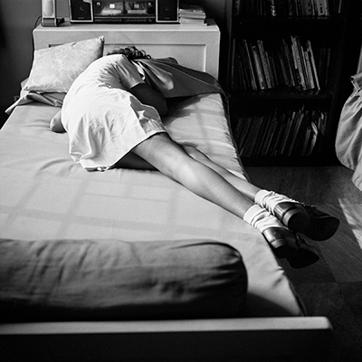
“I made all my Museums for myself,” says Dayanita. “I thought they were all going to be in my house. They were made to fit there. But then they all got acquired, except for the Museum of Chance. I told my gallerist Jane Hamlyn that it would not be available to anyone till my death, because it came from deep within, because it was so fertile. It would be crazy to give it away. Then I said — as a joke — that I’d reconsider only if MoMA wanted it. I never imagined it would come true!”
Why is it called Museum of Chance?
“Because everything that has happened to me has happened because of chance.”
But the truth is – chance doesn’t happen by chance. You have to make it happen. The way Dayanita has.





